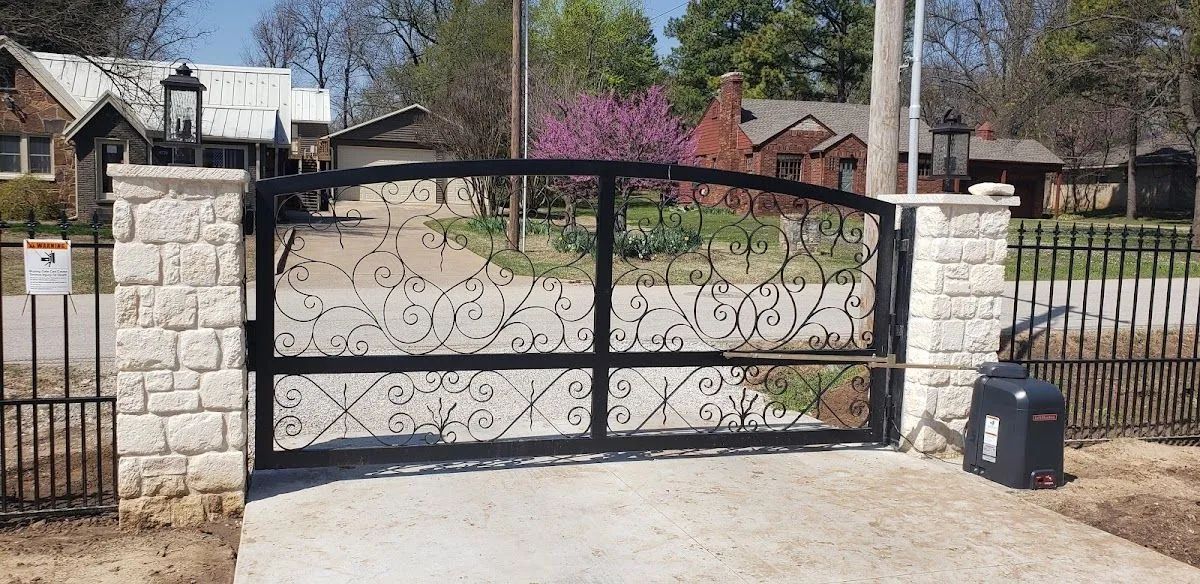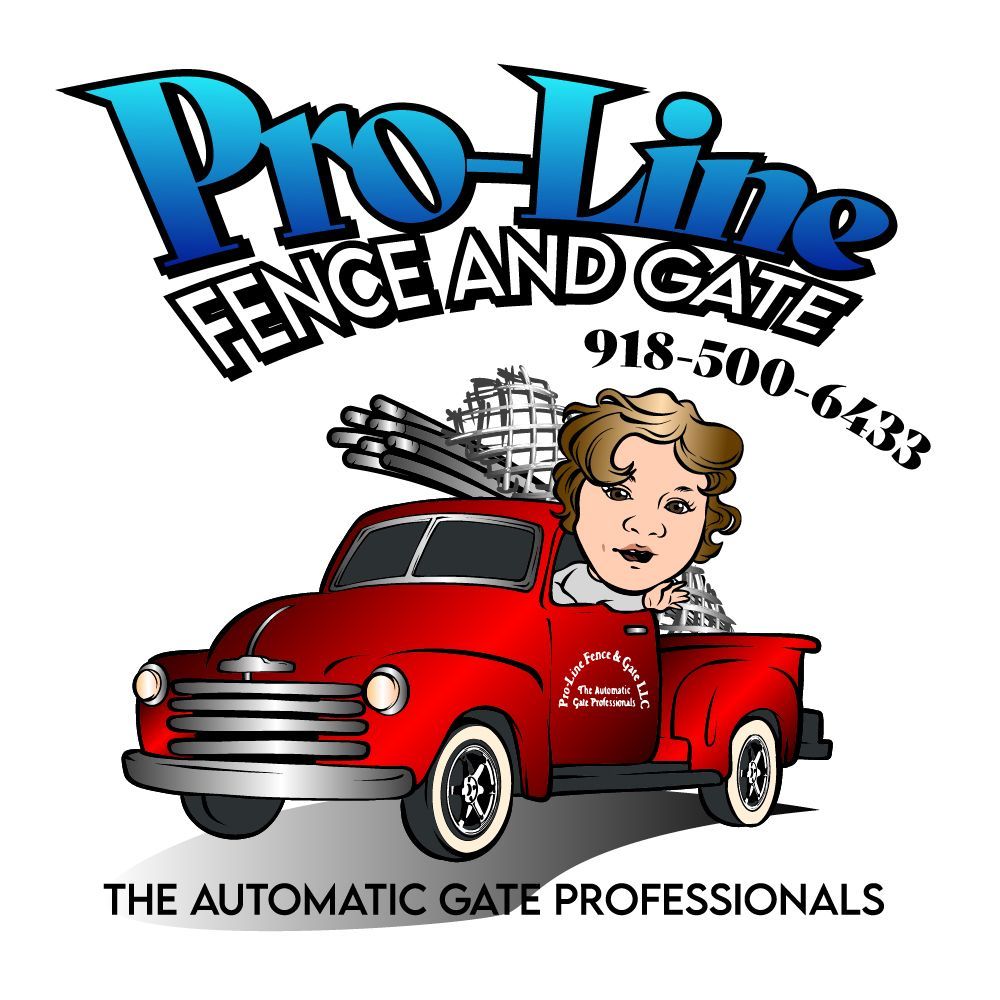What to Know About Installing High-Security Fencing for Sensitive Locations
When it comes to protecting sensitive locations, such as government facilities, data centers, industrial plants, or private estates, standard fencing is often insufficient. High-security fencing provides a crucial layer of protection against unauthorized access, vandalism, and potential threats. Installing such fencing requires careful planning, specialized materials, and compliance with safety and security standards. Understanding the different types of high-security fencing, as well as the installation process, is crucial to ensure maximum protection. This guide will provide key insights into what property owners need to know before investing in a high-security fencing solution.
Choosing the Right Fencing Material
High-security fencing comes in a variety of materials, including reinforced steel, welded wire mesh, and anti-climb panels. The choice depends on the level of security required, budget, and environmental factors. Steel fences offer exceptional strength and durability, while anti-climb mesh prevents unauthorized individuals from scaling the fence. Some facilities may also incorporate chain-link fencing with tension wires or barbed wire for added protection. Selecting the right material ensures that your investment offers long-term reliability and meets security expectations.
Integrating Advanced Security Features
Modern high-security fencing goes beyond physical barriers. Features such as motion sensors, surveillance cameras, alarm systems, and electronic access controls enhance the overall security of a property. When planning an installation, consider how these technologies can be integrated into the fence design. For instance, motion sensors can alert security personnel to unauthorized access attempts, while cameras provide real-time monitoring and recording. Combining physical and electronic security measures creates a multi-layered defense system that is far more effective than fencing alone.
Compliance and Regulatory Requirements
Installing high-security fencing often involves navigating local building codes, zoning regulations, and industry-specific security standards. Certain sensitive locations, like government or utility sites, may have strict requirements regarding fence height, material, and surveillance integration. It is essential to consult with professionals who are familiar with these regulations to avoid costly delays or legal issues. Compliance not only ensures legal adherence but also enhances the effectiveness and credibility of your security measures.
Professional Installation and Maintenance
A high-security fence is only as effective as its installation. Professional fencing contractors have the expertise and equipment necessary to handle complex installations, including precise measurements, reinforced posts, and secure anchoring. Additionally, ongoing maintenance is critical to preserving fence integrity and functionality. Regular inspections can detect damage, rust, or wear, allowing timely repairs and preventing potential security breaches. Choosing experienced professionals ensures that your fence performs optimally for years to come.
Trust Pro-Line Fence & Gate for High-Security Fencing
When securing sensitive locations, partnering with a trusted fencing expert is paramount. Pro-Line Fence & Gate, based in Broken Arrow, Oklahoma, brings 40 years of experience in designing and installing high-security fencing solutions. Their team specializes in durable materials, advanced security integration, and professional installation, ensuring your property remains protected. From government facilities to private estates, Pro-Line Fence & Gate combines expertise, quality craftsmanship, and local knowledge to deliver reliable, long-lasting security solutions. Invest in peace of mind with a fencing partner you can trust.



